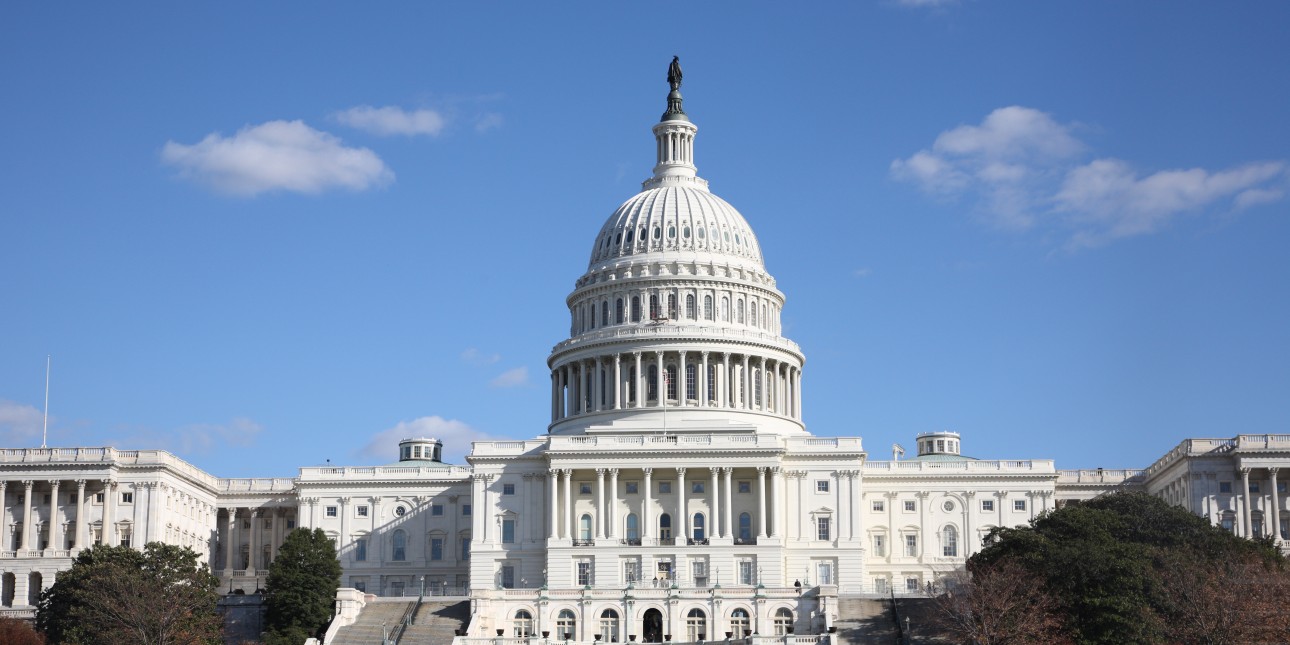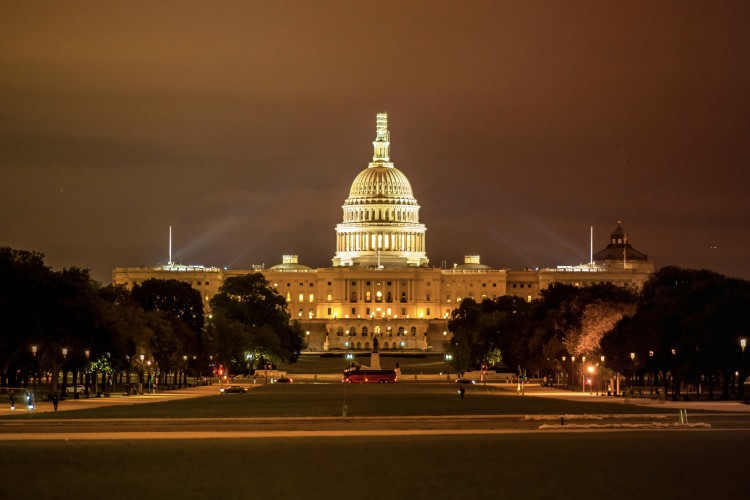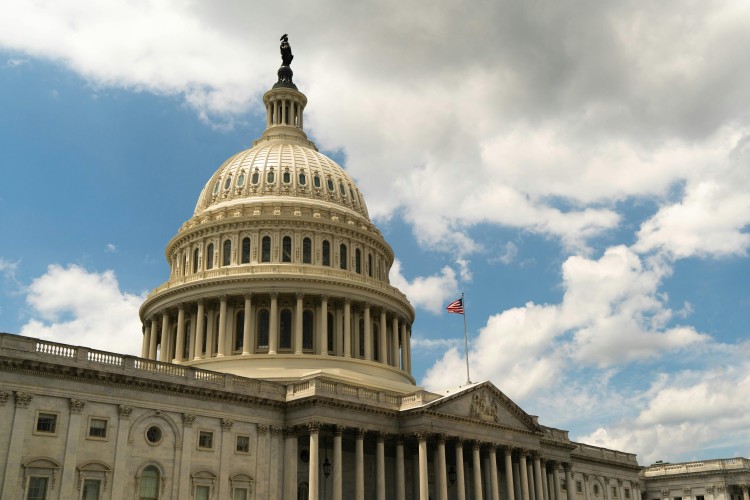Senate Releases Full Committee Marked Up Annual Funding Bills

Senate appropriators released their marked up annual funding bills for FY24. The package included the committee’s suggested levels of funding and report language (instructions) to federal agencies, excluding funding recommendations for the Runaway and Homeless Youth Programs within the Labor, Health and Human Services, Education, and Related Agencies subcommittee which is set to be released by the end of July. Please look out for those details this coming August.
Please keep in mind, the Senate advanced their funding bills with the Fiscal Responsibility Act (FRA) in mind. As a result, the Senate’s recommended funding is likely to be the “high water mark” for FY24 funding, and some programs may face reductions as a result of negotiations with House Republicans later this year.
The Senate’s marked up bills include the following funding levels and accompanying “report language” or instructions to federal agencies. To read the full reports please see the accompanying links below.
Youth Homelessness Demonstration Program
$107 million, equal to the FY22, and FY23 enacted level, of which at least $25 million shall be for Systems-Change Planning Grants.
Accompanying the YHDP funding is a statement:
- Ensuring that homeless youth ages 24 and under are not required to provide third-party documentation for housing and supportive services and requiring HUD to provide further clarification and guidance,
- Flexibilities for federally recognized Indian tribes and TDHEs with YHDP, urging to HUD to improve data collection and understanding of gaining homeless populations, direction from the Committee to HUD to collaborate with stakeholders to provide guidance, standard reports, and technical specifications to improve CoCs' information sharing and ensure privacy and security for effective real-time program management,
- Reminding from the Committee to HUD of the directive to explore the creation of a digital data collection and analysis platform for communities to use in conducting the point-in-time count,
- And continued instruction from the Committee to HUD to include additional Federal data on homelessness, particularly concerning youth homelessness, in the AHAR to help communities develop and implement responsive policies.
Read the full text on the Committee’s instructions on page 124 of Senate THUD Report.
Official summaries of the complete FY24 THUD funding bill from the Senate can be found at the following link: Transportation Housing and Urban Development.
Youth Mentoring Grant
$110,000,000 for competitive, peer-reviewed youth mentoring grants, $3 million above last year’s enacted level and of which $16,500,000 is for helping youth impacted by substance abuse, including opioids and methamphetamine.
Read the full text on the Committee’s instructions on page 132 of Senate CJS Report.
Official summaries of the complete FY24 CJS funding bill from the Senate can be found at the following link: Commerce, Justice, Science, and Related Agencies.
House Releases Full Committee Marked Up Annual Funding Bills
Alongside the Senate, House appropriators released their versions of the marked up annual funding bills for FY24.
Please keep in mind, the House also advanced their funding bills with the Fiscal Responsibility Act (FRA) in mind. However, while the Senate contained the high-water marks from the suggested levels included in the FRA, House Republicans in contrast have opted to treat the agreed-upon spending levels as a ceiling, not a floor, when allocating funds for federal programs in FY2024. As a result, the House is recommending cutting levels of funding as much as 25%-30% for some programs.
The House’s marked up bills include the following funding levels and accompanying “report language” or instructions to federal agencies. The House is currently behind the Senate’s timeline, so there are still some reports that have yet to be released. To read the full reports please see the accompanying links below.
Youth Homelessness Demonstration Program
$82 million, a $25m decrease from enacted levels in FY23, of which at least $25 million shall be for Systems-Change Planning Grants.
Accompanying the YHDP funding is a statement addressing:
- The needs of survivors of domestic violence: recommending at least $52 million in competitive CoC grants to assist survivors of domestic violence, with eligibility for renewal under the Continuum of Care program subject to the same terms and conditions.
- AHAR to Congress: The Committee expresses concern about the lack of data on homelessness in tribal communities and U.S. territories in the AHAR and encourages HUD to collect and publish estimates for these areas while providing technical assistance on data quality.
- Data collection requirements: The Committee requests HUD to provide a briefing on the challenges and benefits of relying on HMIS and other reliable estimates to measure homeless populations instead of PIT counts, within 120 days of enactment.
- Renewal calculation: The Committee encourages HUD to work with grantees to ensure grant amounts accurately reflect the unit size under lease, considering estimated needs and unit changes.
- Strategic funding for homelessness: Despite record-high Federal resources, the Committee urges HUD to evaluate current policies and consider new approaches prioritizing treatment for substance abuse and mental health, accountability, and self-sufficiency to address the increase in homelessness.
Read the full text on the Committee’s instructions on page 92 of House THUD Report.
Official summaries of the complete FY24 THUD funding bill from the House can be found at the following link: Transportation Housing and Urban Development.
Youth Mentoring Grant
$107,000,000 for competitive, peer-reviewed youth mentoring grants, level funding from last year’s enacted level. The House has yet to release their FY24 CJS report, but please be on the lookout for further details this coming August.
Read the full text on the Committee’s bill on page 59 of House CJS Bill.
Official summaries of the complete FY24 CJS funding bill from the House can be found at the following link: Commerce, Justice, Science, and Related Agencies.
Please be on the lookout for updates (House update, Senate update) regarding the Runaway and Homeless Youth Program (RHY) within LHHS this coming August. Both the House and Senate have yet to release their report language overviewing the details of funding and instructions for RHY programs. If you’d like to read the Senate LHHS bill summary please go here. If you’d like to read the House LHHS bill summary please go here.
In the traditional process, the next step would be for these marked-up bills to be merged with the combined recommendations from the House and Senate in a process called conferencing. However, there are only 2 months remaining in the 2023 Fiscal Year, with August being a month of recess for Congress. While the Senate is set to release all their remaining funding bills by the end of July, the House has yet to determine their timeline. This, plus the rising polarization between the House and Senate is setting Congress up for an increasingly tense and short timeline for annual appropriations, including an increasing threat of a government shutdown. This typically occurs when Congress fails to pass or agree upon a budget for the upcoming fiscal year or an appropriations bill to fund specific government agencies and programs.
In a shutdown, non-essential government services and activities are temporarily halted, and federal employees may be furloughed or required to work without pay until the budget issue is resolved. Essential services like national defense, law enforcement, and public safety continue to operate during a shutdown.
Congress will likely attempt to pass a continuing resolution to give themselves more time to come to a consensus, however, the demands from the Freedom Caucus and small Republican majority in the House is what leads many to believe there is an increased threat for a government shutdown. Final decisions will likely be made through frenetic negotiations on the hill this fall. Between now and then is the best opportunity for constituents to share their communities’ needs and funding priorities with their Members of Congress.


